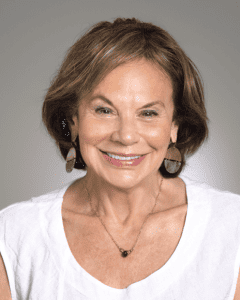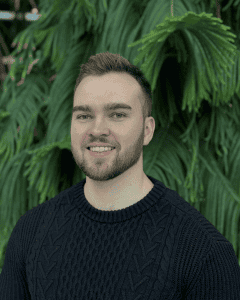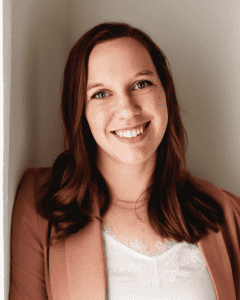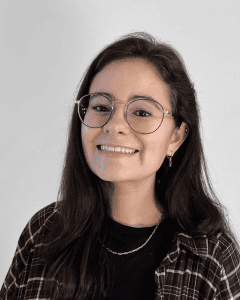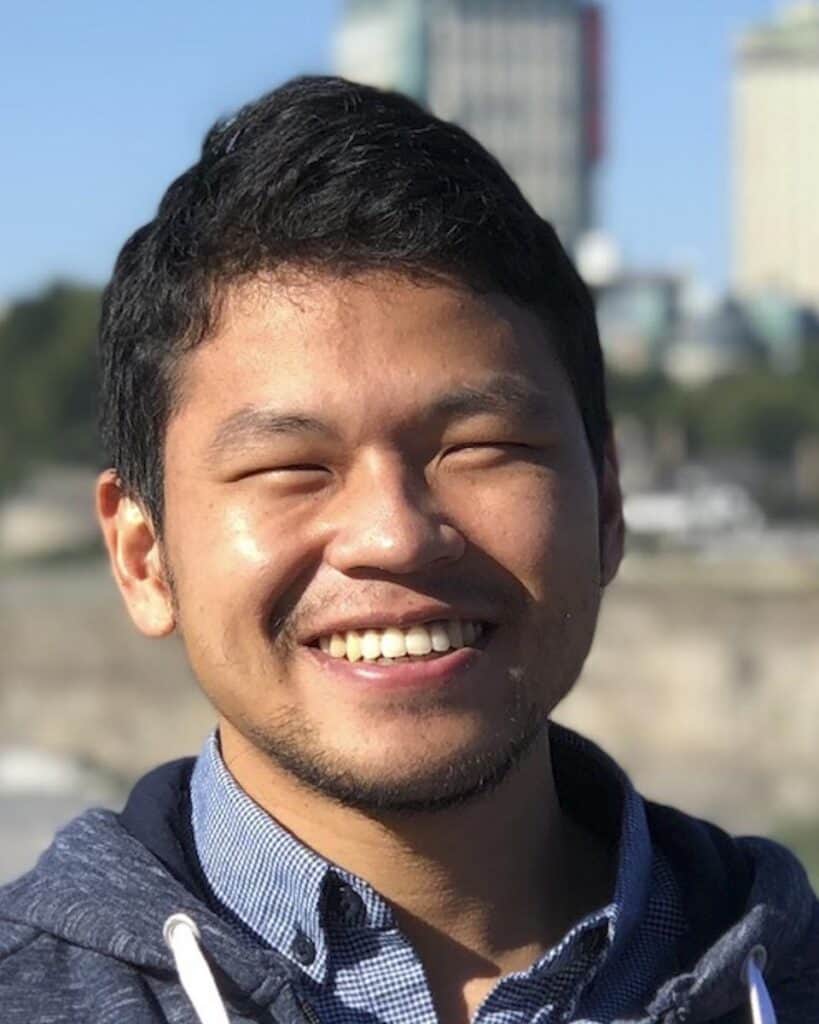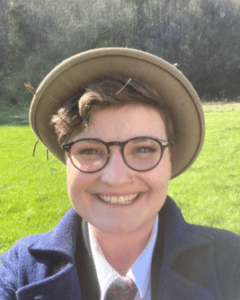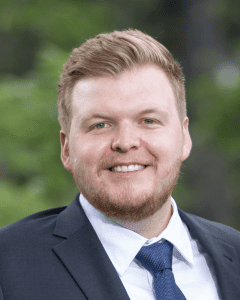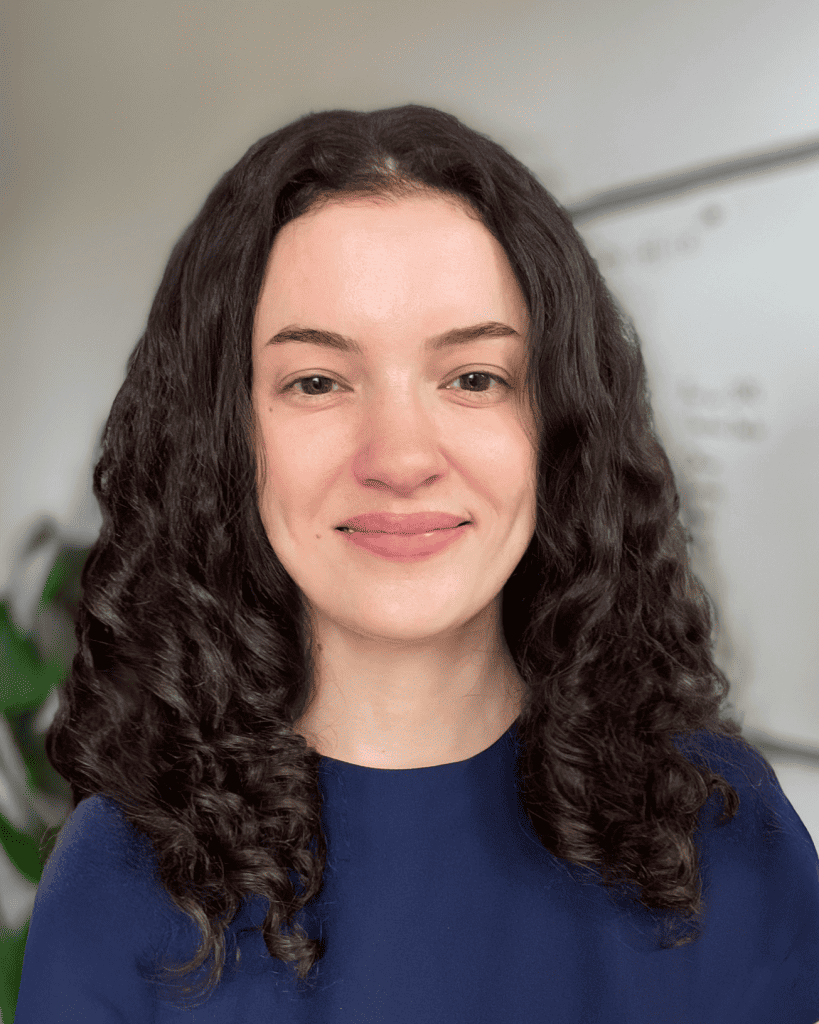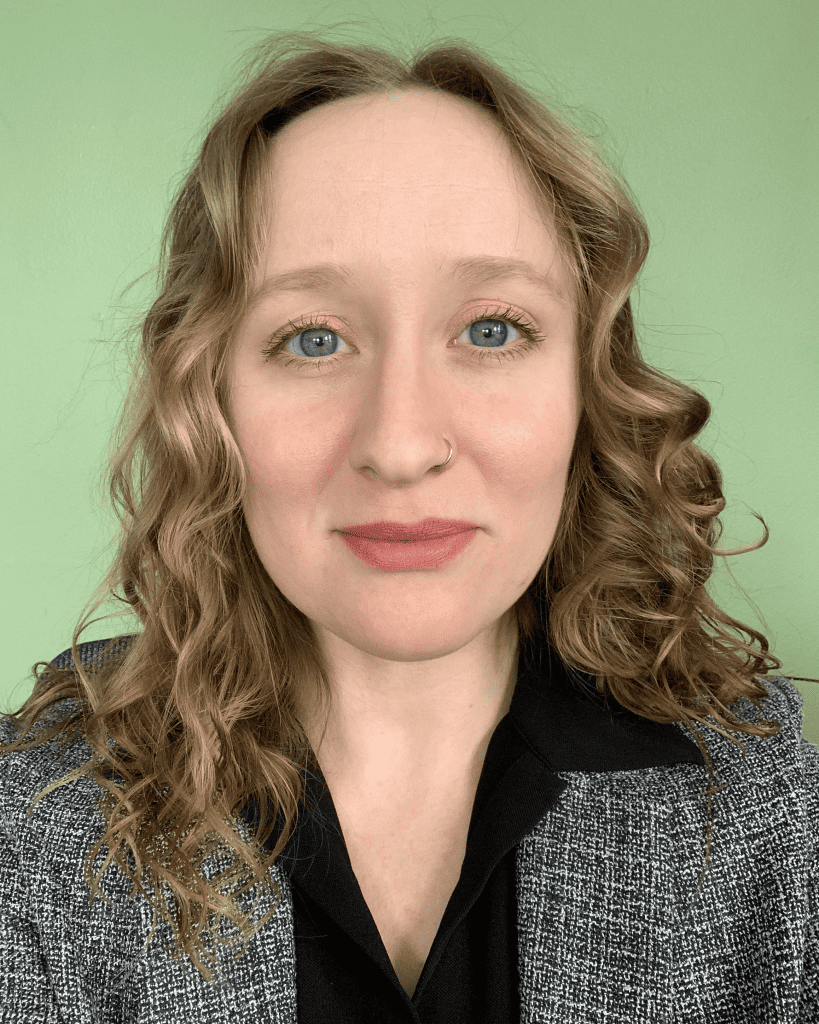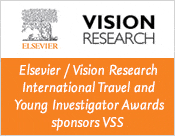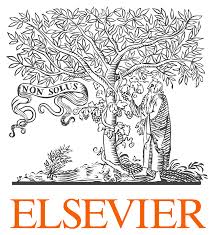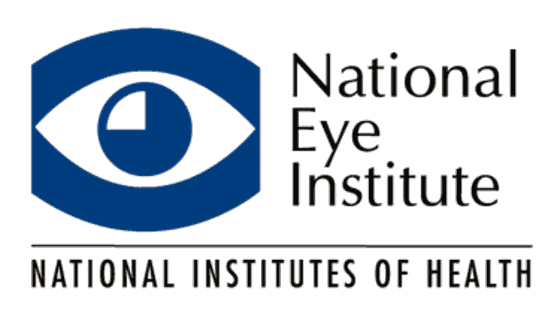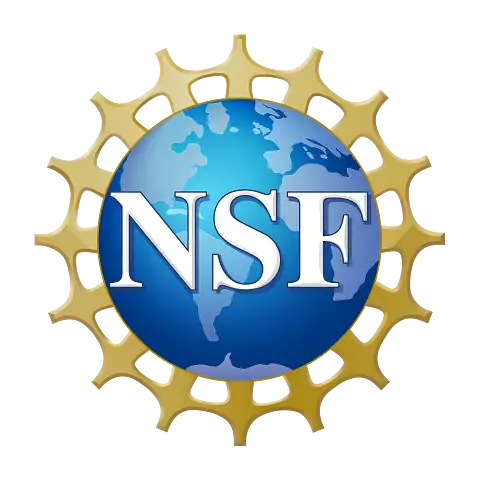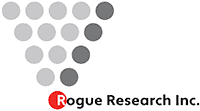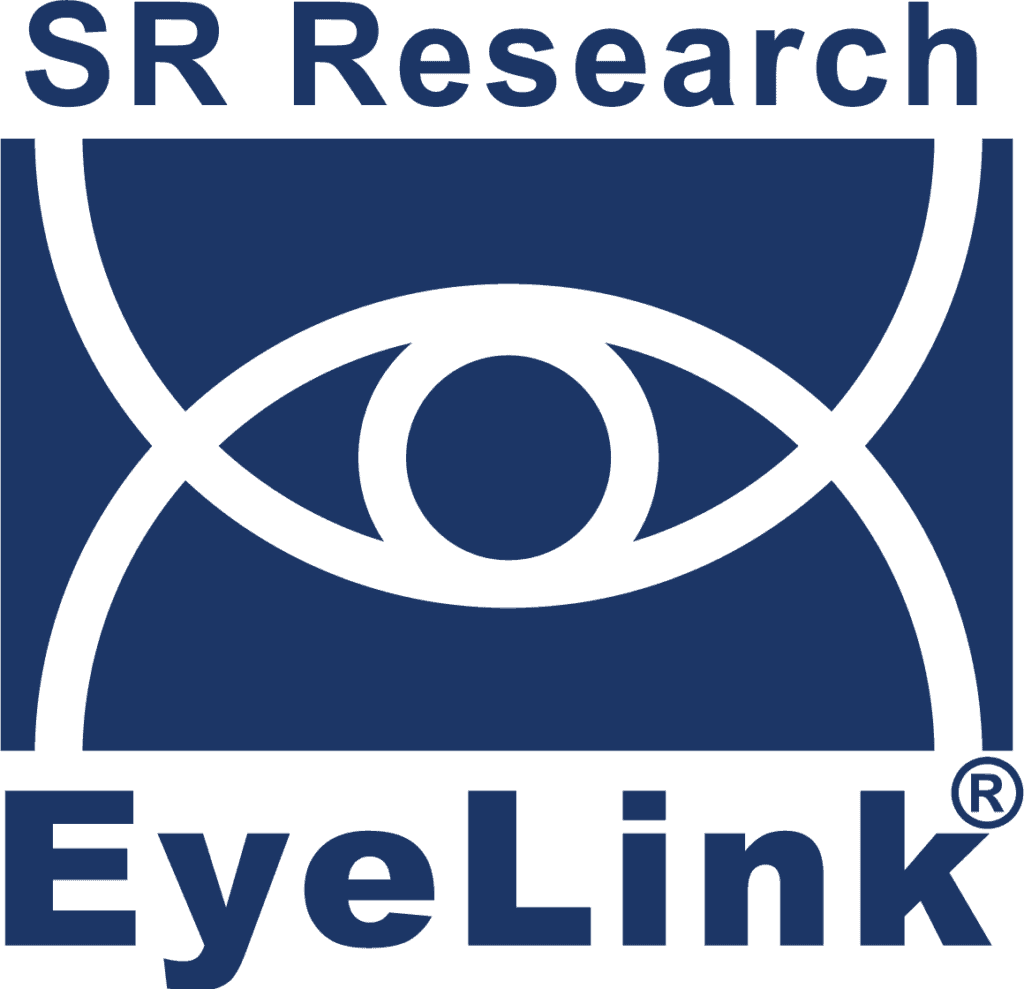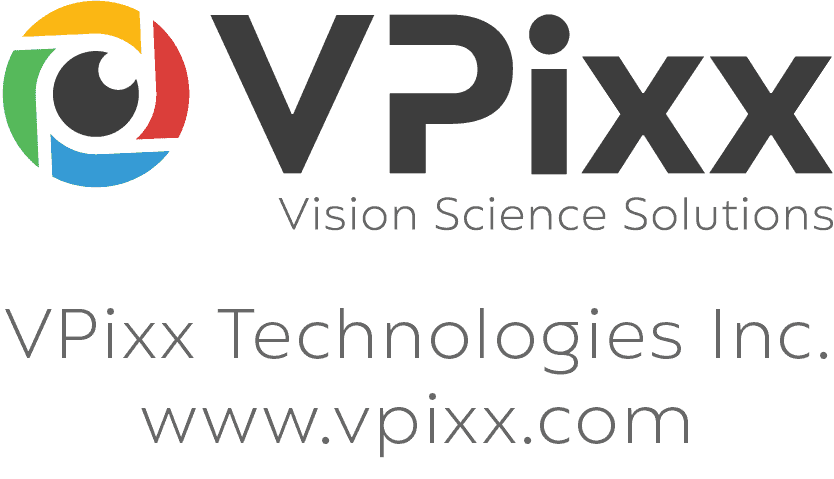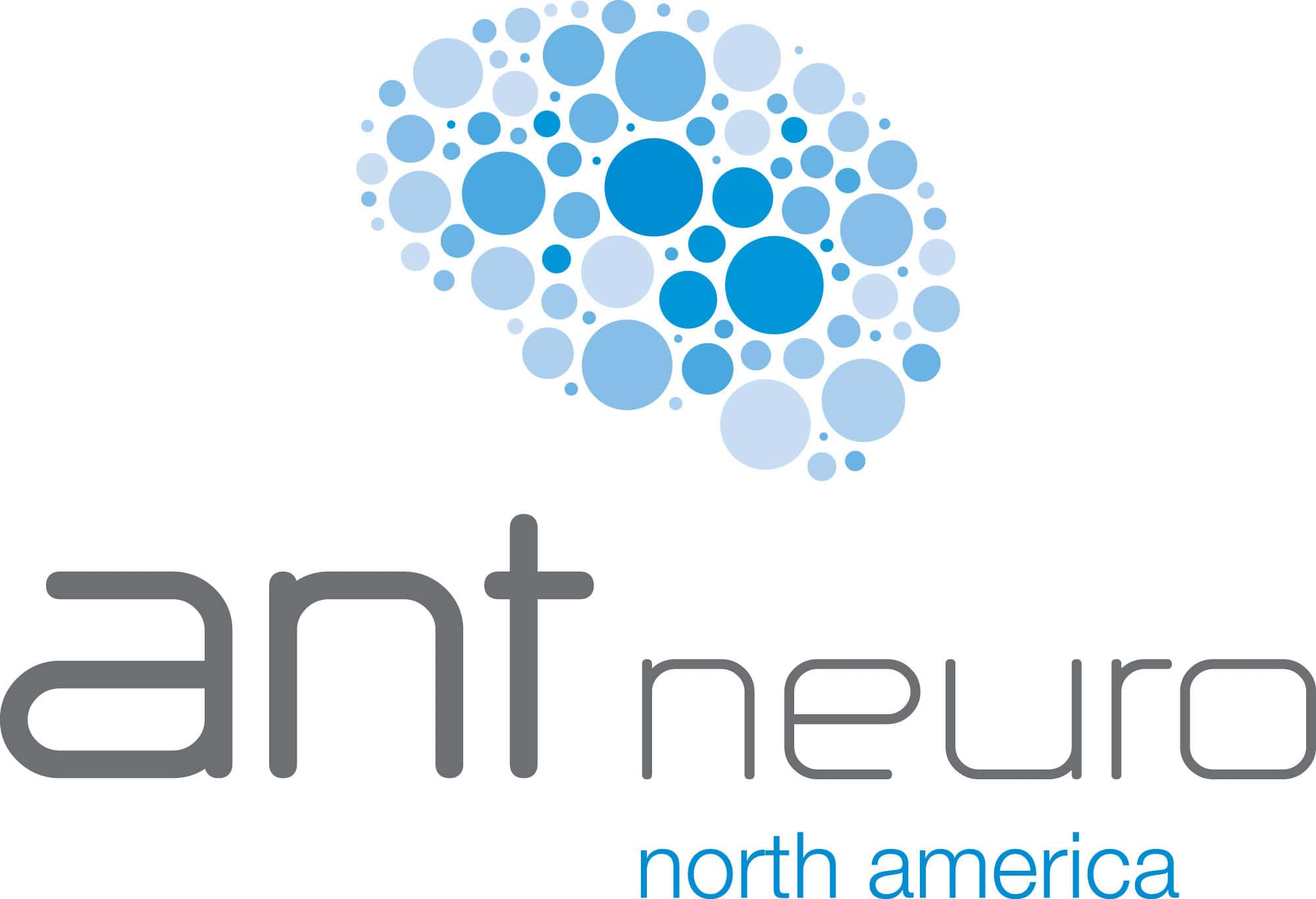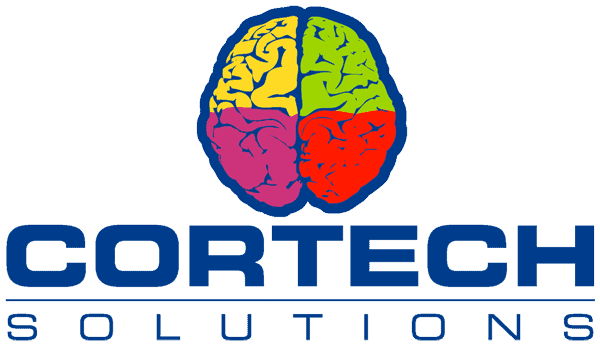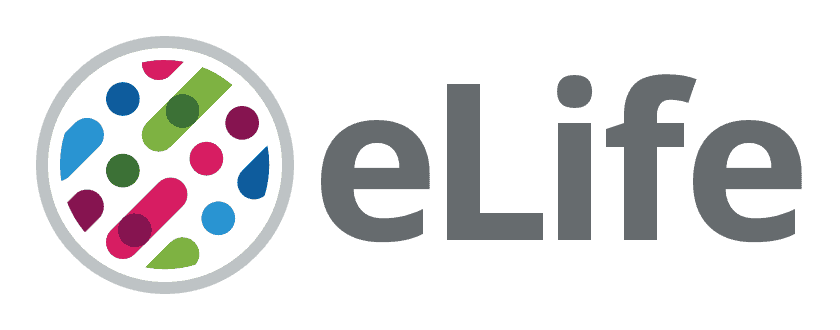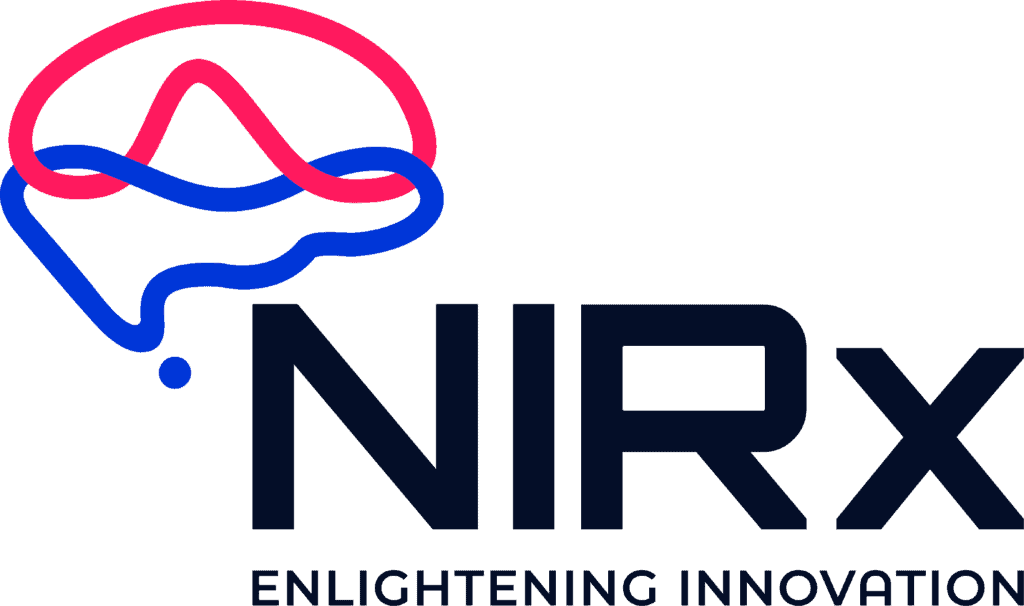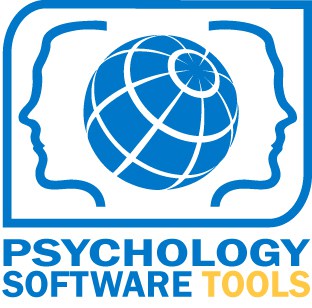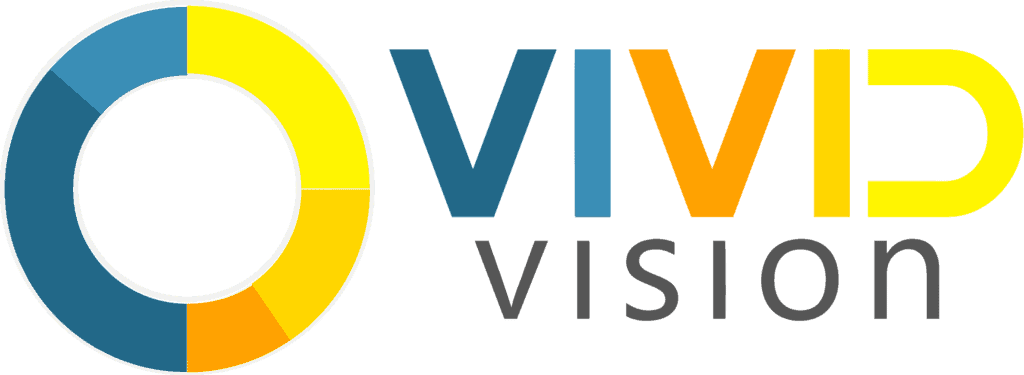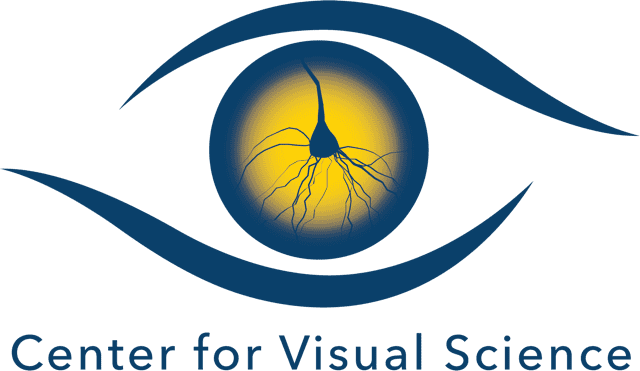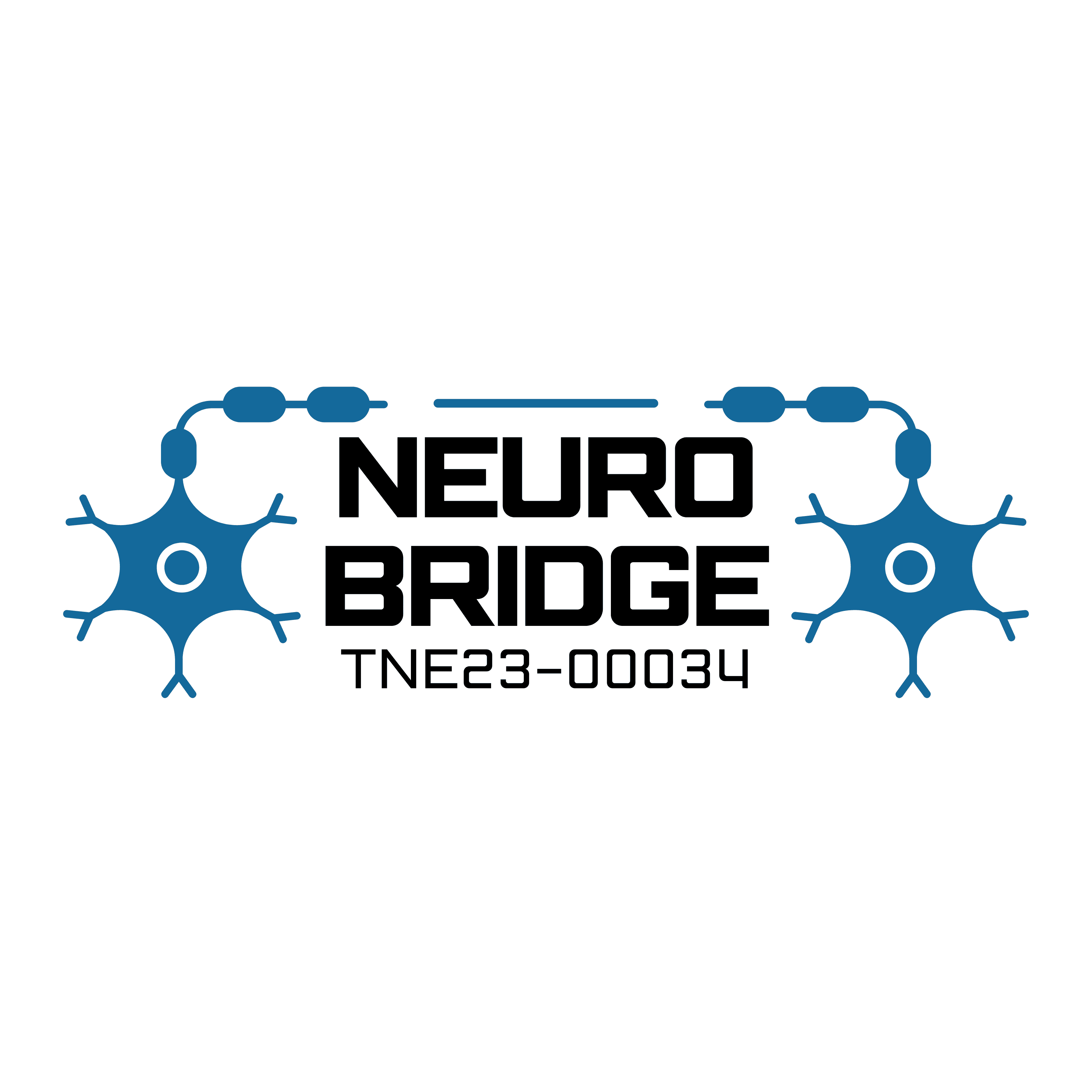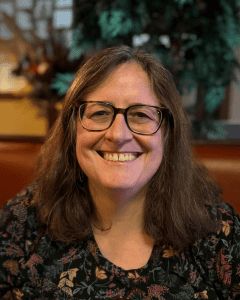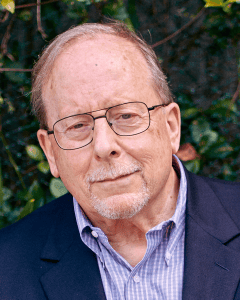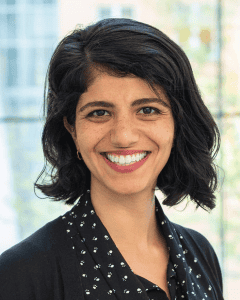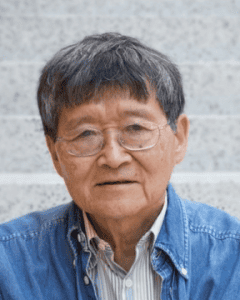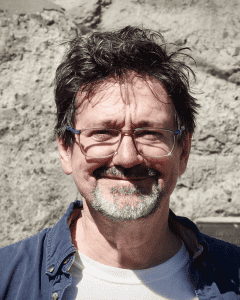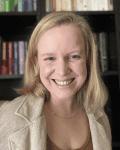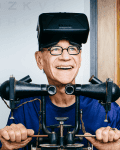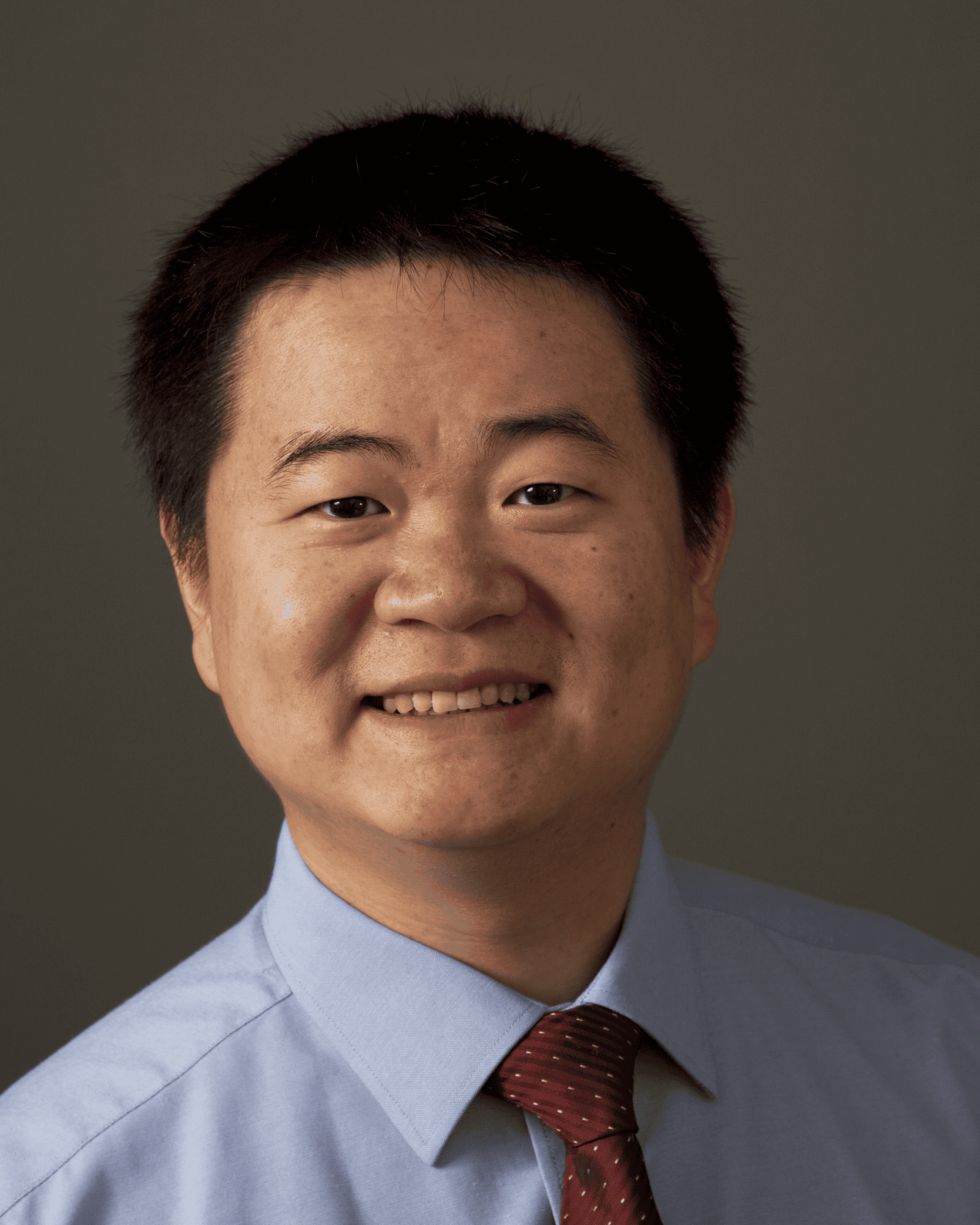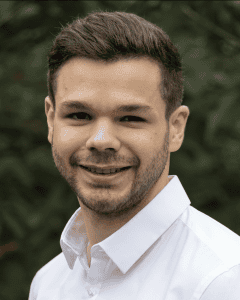Monday, May 19, 2025, 12:30 – 2:30 pm, Talk Room 2
The 25th anniversary VSS Lifetime Service Award celebrates Hoover Chan’s longstanding contributions in uniting and serving the international vision science community.

Hoover Chan
Smith-Kettlewell Eye Research Institute and the University of California, San Francisco
VSS is proud and pleased to announce Hoover Chan as the recipient of the 25th Anniversary Lifetime Service Award. Hoover obtained his PhD in Physiological Optics from UC Berkeley in 1986, before carrying out postdoctoral research in color vision at City University of New York and spatial vision at the Smith-Kettlewell Eye Research Institute in the 1990s. He has since held a Professional Researcher position in the Department of Ophthalmology at UCSF alongside consultant roles in educational technology. His publications cover topics in color appearance, clinical electrophysiology and binocular vision, amongst others.
When the founder of CVNet, Peter Kaiser, retired from his role as postmaster in the early 1980s, Hoover Chan took over, first running the mailing list from Smith-Kettlewell, and then from his own resources; a self-acknowledged “labor of love”. As the keeper of the CVNET mailing list for the past 40 years, Hoover Chan has played an important but largely unsung role in binding the vision sciences community together, continuously providing the outlet for our research news, new academic positions, jobs in industry, philosophical and scientific discussions, conference announcements, special issue calls and obituaries, all things vision science. The long discursive threads are often highly educational and always entertaining (Hoover notes in particular the extended discussion of that “colour-switching dress” in March 2015, and one on remote stereoscopy in 2020; other favorites include tutorials in grammar and Latin).
VSS is delighted to honor Hoover Chan with the 25th Anniversary VSS Lifetime Service Award for his tireless, continuous maintenance of CVNet, with all the technical skills, scientific knowledge and diplomacy that role has commanded over the years, and the invaluable service to the international vision sciences community it has provided.

